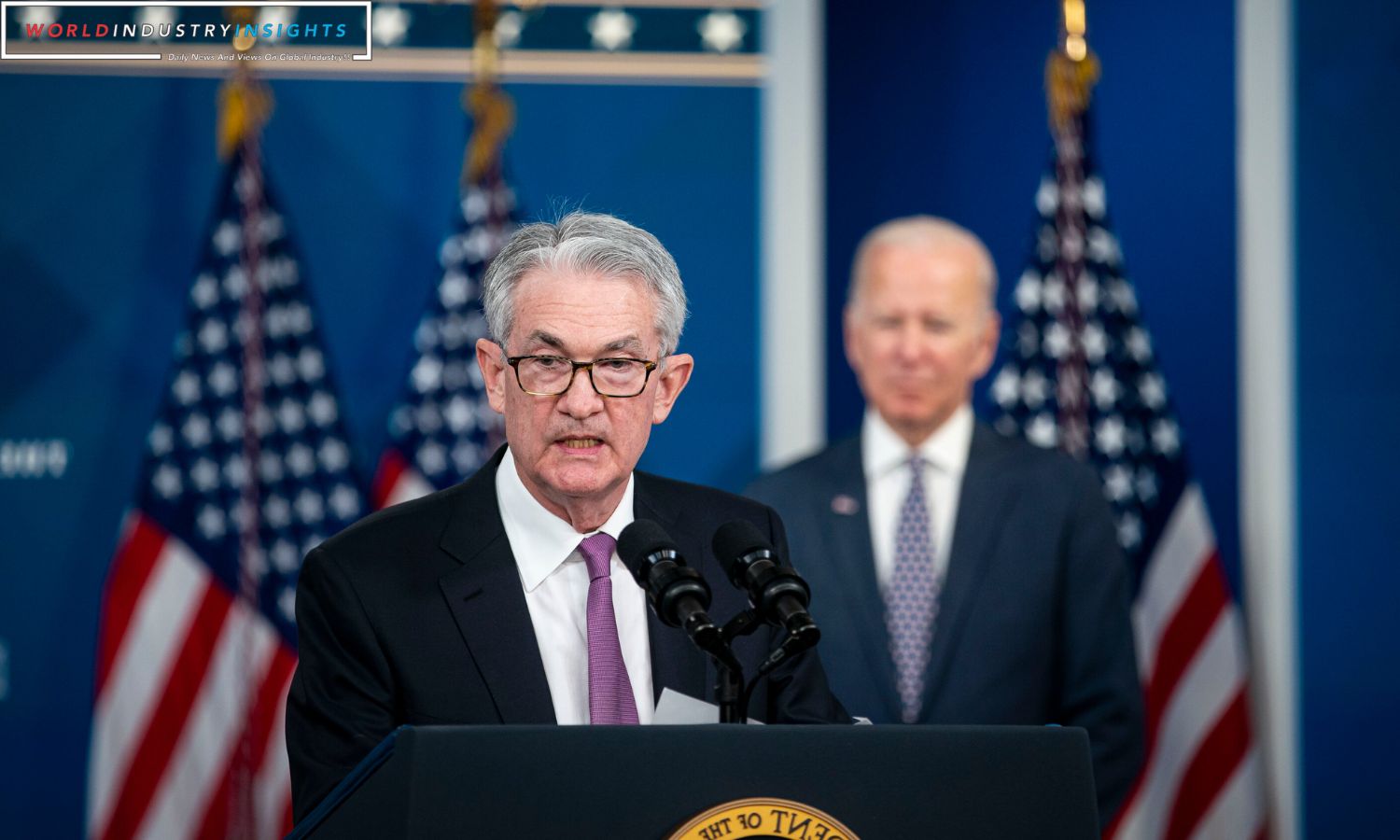Powell Debut in the Choppy Landscape: Federal Reserve Chair Jerome Powell will give a speech to a crowd in New York this Thursday. Other American bankers will be standing next to him. They will all agree to keep the interest rates the same when they reunite in two weeks. However, there is a huge cloud of mystery over what lies beyond that choice.
Jerome Powell will talk at the Economic Club of New York at noon (1600 GMT). After a meeting in the middle of September, U.S. monetary policymakers agreed to keep the benchmark lending rate at 5.25% to 5.50% so they could better see how the economy was changing. This marks the end of a rough month. Since then, figures have shown that job growth in the U.S. has made an amazing comeback, and retail sales have gone against predictions that they would slow down. Price change indicators have sent mixed messages about the direction of inflation simultaneously, making it less likely to reach the Fed’s 2% goal on time.
The unstable bond market, which is quickly making things more difficult financially, makes things even more difficult. The Middle East is going through its worst crisis in years, and there doesn’t seem to be an end in sight any time soon. It’s scary that it could turn into a regional war, and we still don’t know the economic effects. Jerome Powell faces a tough challenge: he has to deal with these problems without coming across as either too sure of himself or too doubtful. The financial markets and the economy could be hurt by a slipup in either way.
Powell’s speech is set to happen less than 48 hours before the usual quiet time that starts before the Federal Open Market Committee meeting on October 31 to November 1. A few other Fed officials are scheduled to talk before the blackout period starts on Saturday. Still, Powell’s speech will set the tone for what people can expect from policy at the meeting. The financial markets will be paying close attention to everything he says.
Powell is likely to strongly agree with Vice Chair Philip Jefferson’s point of view. This message says that yields have changed a lot, which has made financial conditions tighter, even though it acknowledges that data has been better than expected. Because of this, there isn’t a pressing need for a policy change in November. Krishna Guha, vice chairman of Evercore ISI, says the Fed is likely to wait and see.
Also Read: Federal Reserve Addresses Persistent Inflation Concerns: Powell Indicates Rate Hikes Ahead
Governor Christopher Waller, a different top Fed official, said he would rather be careful and wait to see if the U.S. economy’s strength stays strong or gets weaker after the Fed raised interest rates earlier. Following recent comments from other officials during the rough time between meetings, this is a strong sign that rates will likely stay the same for now. This is especially true coming from one of the more “hawkish” Fed governors.
If the widely expected decision to keep rates the same happens in two weeks, it will be the first time in recent history that the Fed hasn’t raised rates at back-to-back meetings since the rate hike campaign began in March 2022.
Inflation has decreased significantly since its highest point in June 2022, but there hasn’t been smooth progress toward price stability. Waller and other Fed officials want to know if the steps they have taken so far to tighten the money supply will finally affect the economy and bring inflation back to its target level without starting a recession.
More than 80% of those polled agreed that interest rates shouldn’t be raised at the next meeting. At the meeting in September, most of the officials said that another quarter-point increase would likely be needed by the end of the year. However, most now think the Fed has stopped raising rates.
Many people who answered the Jerome Powell said that the Fed would not be afraid to start raising rates again if inflation progress stopped or turned around. This was similar to what Waller said on Wednesday: “If the real economy continues to show underlying strength and inflation appears to stabilize or reaccelerate, more policy tightening is likely required, despite the recent rise in longer-term rates.”
Our Reader’s Queries
What is the new Powell Doctrine?
Before any military action is taken, the Powell Doctrine requires affirmative answers to questions regarding national security interests, ground forces’ strike capabilities, and widespread public support. This doctrine is heavily influenced by the Weinberger Doctrine. The emphasis on these factors ensures that military action is taken only when necessary and with the support of the public.
When was Jerome Powell elected?
Powell’s nomination to be chair was approved by the Senate Banking Committee on December 5, with only Senator Elizabeth Warren dissenting in a 22-1 vote. The Senate confirmed his nomination on January 23, 2018, with an 84-13 vote. Powell officially took office as chair on February 5, 2018.


